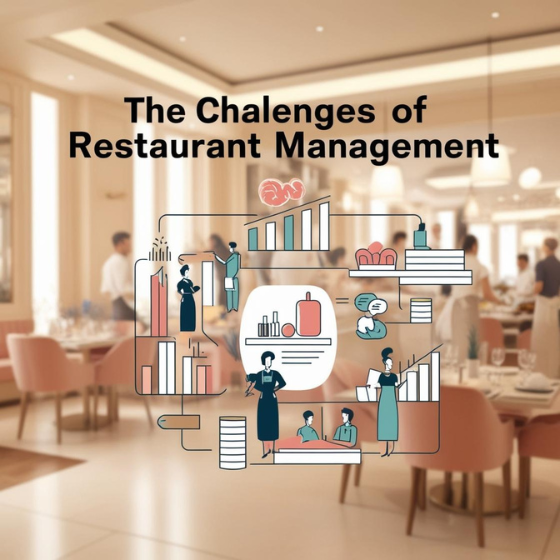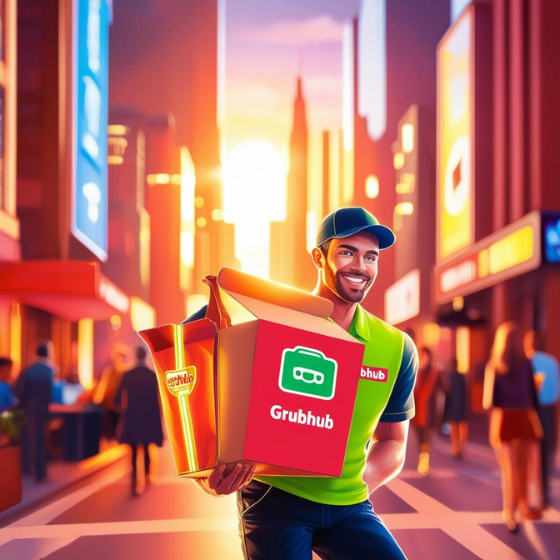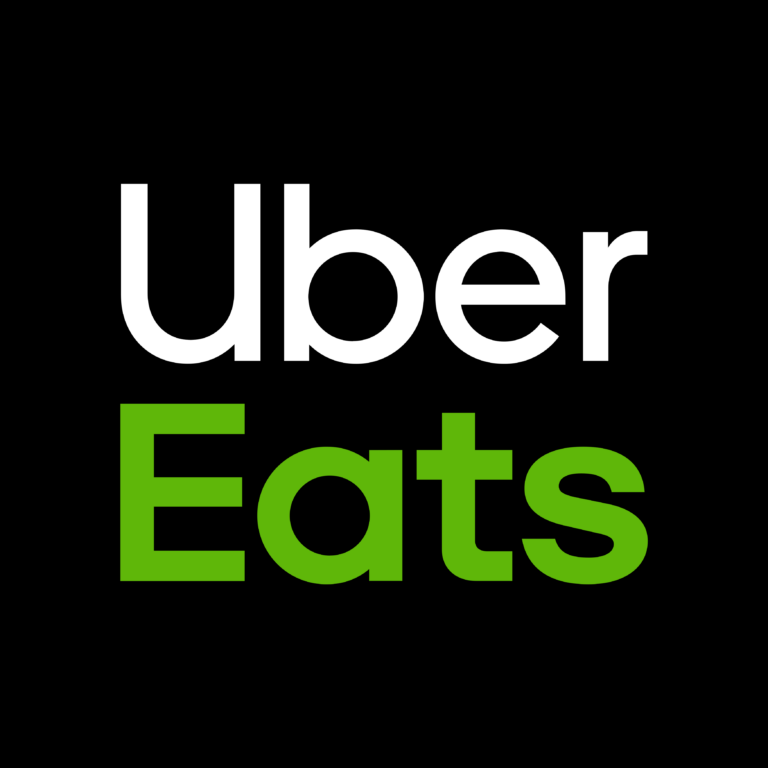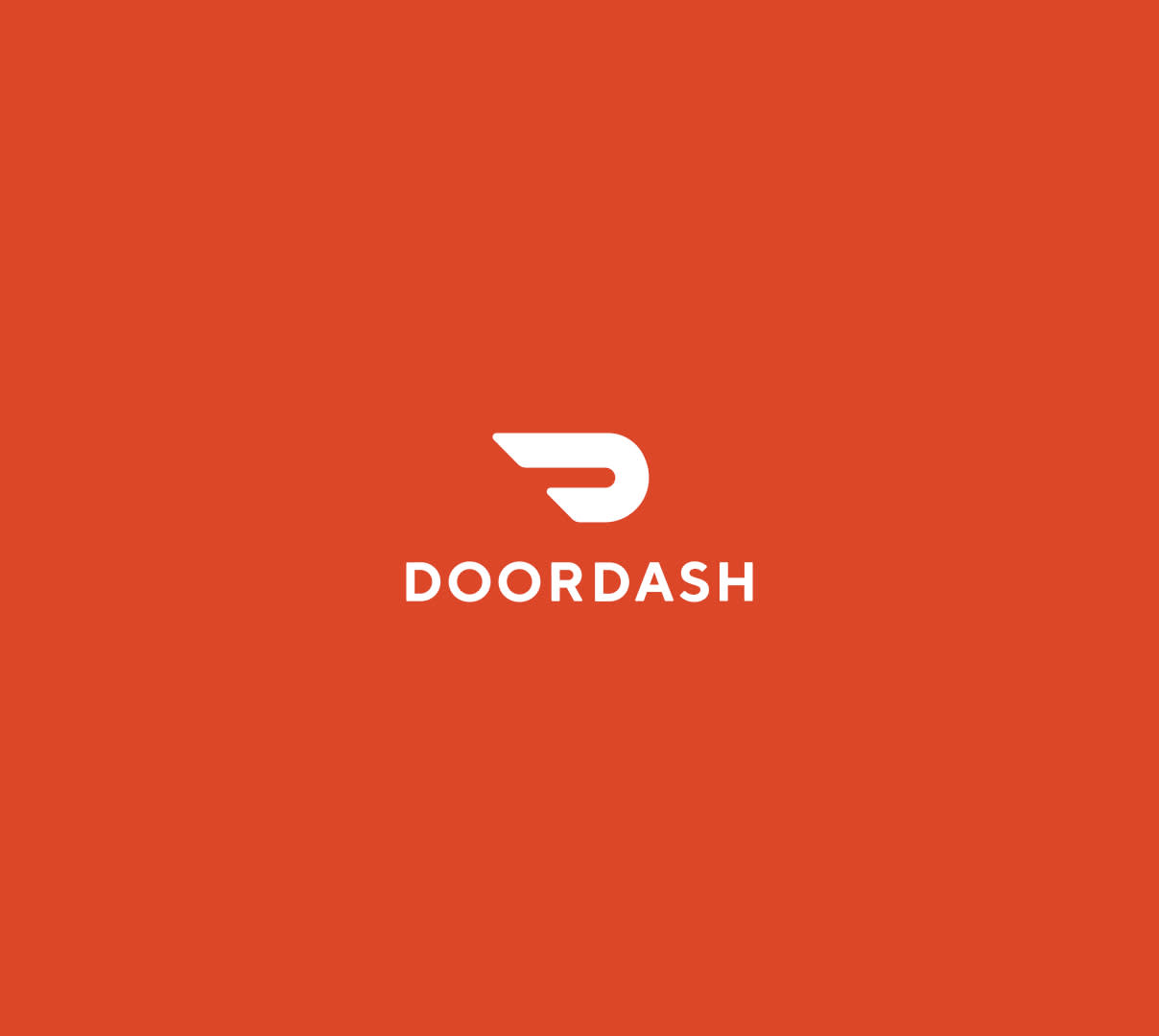Managing a restaurant involves more than just serving great food. Behind the scenes, there are countless moving parts—staff scheduling, inventory management, order accuracy, customer satisfaction, and financial tracking, to name a few. These challenges can overwhelm even the most experienced restaurant managers.
The good news? Technology offers solutions. In this blog, we’ll explore 10 common restaurant management challenges and how software solves them, highlighting how tools like Tablo can streamline operations, boost efficiency, and enhance customer satisfaction.
Understanding Restaurant Management Challenges
Running a restaurant is a balancing act, requiring meticulous attention to detail. Common challenges like inventory shortages, inefficient staff management, or delayed service can negatively impact your bottom line. With the right software, these pain points become opportunities for improvement.
Let’s dive into the most common challenges restaurant owners face and the software solutions that can address them.
1. Managing Inventory Effectively
The Challenge:
Keeping track of inventory manually can lead to errors, wastage, and stock shortages. Running out of key ingredients during peak hours can harm your restaurant’s reputation.
The Solution:
A restaurant management software like Tablo provides real-time inventory tracking, alerts for low stock, and usage analytics. By automating inventory management, you minimize waste and ensure you’re always prepared for busy periods.
2. Inconsistent Order Accuracy
The Challenge:
Incorrect orders can frustrate customers and disrupt kitchen operations. Manually handling order tickets often results in miscommunication between the front and back of the house.
The Solution:
Software integrates with POS systems to streamline order-taking, ensuring accuracy and timely updates for the kitchen staff. Features like digital order tracking eliminate human error, improving overall efficiency.
3. Inefficient Staff Scheduling
The Challenge:
Creating staff schedules manually can lead to overstaffing during slow times or understaffing during peak hours. Mismanagement can cause employee dissatisfaction and operational disruptions.
The Solution:
Restaurant software simplifies staff scheduling with automated tools that consider peak hours, employee availability, and labor costs. Tablo’s smart scheduling system optimizes workforce allocation, ensuring smooth operations while controlling costs.
4. Slow and Inaccurate Billing Processes
The Challenge:
Manual billing systems are prone to errors and can result in longer wait times for customers, especially during rush hours.
The Solution:
Modern restaurant software integrates seamlessly with POS systems to ensure quick, accurate billing. Features like split billing and multiple payment options enhance the customer experience.
5. Lack of Real-Time Insights
The Challenge:
Without access to real-time data, restaurant owners struggle to make informed decisions about sales trends, inventory, and staff performance.
The Solution:
Software like Tablo offers detailed analytics dashboards that provide insights into daily operations, customer preferences, and financial performance. This data empowers you to make smarter decisions that drive growth.
6. Inadequate Customer Engagement
The Challenge:
In today’s competitive market, retaining customers requires more than good food. A lack of engagement can result in declining loyalty and repeat visits.
The Solution:
A restaurant management system enables personalized experiences through loyalty programs, targeted promotions, and online reservation systems. Tablo’s CRM features help you build stronger relationships with your customers.
7. Inefficient Multi-Location Management
The Challenge:
Managing multiple outlets can be chaotic, especially when it comes to inventory, staff, and reporting across locations.
The Solution:
A centralized management system allows you to oversee all locations from one platform. Tablo’s multi-location management tools ensure consistency in operations and reporting across outlets, saving time and effort.
8. Difficulty in Monitoring Sales and Profits
The Challenge:
Manually tracking sales and profits can lead to inaccuracies, making it hard to evaluate your restaurant’s financial health.
The Solution:
Restaurant software automatically generates detailed reports on sales, revenue, and expenses. Tablo’s real-time financial tracking ensures you have a clear picture of your profitability at any given moment.
9. Compliance with Health and Safety Standards
The Challenge:
Maintaining compliance with health and safety regulations can be overwhelming, especially for larger establishments.
The Solution:
Software helps track expiration dates, temperature logs, and food safety protocols. These features make compliance simpler and protect your restaurant from penalties.
10. High Staff Turnover
The Challenge:
Restaurants often experience high employee turnover, making it challenging to maintain consistency in service.
The Solution:
With features like automated training modules and performance tracking, restaurant software helps onboard new employees quickly and effectively. Tablo also provides tools to recognize and reward top-performing staff, improving retention.
How Tablo Solves These Challenges
Tablo is a comprehensive restaurant management software designed to address these challenges head-on. Here’s what sets Tablo apart:
- Inventory Alerts: Prevent shortages and reduce waste with real-time inventory updates.
- Order Accuracy: Streamline communication between waitstaff and kitchen teams to ensure flawless orders.
- Analytics Dashboards: Gain actionable insights to improve operational efficiency and customer satisfaction.
- Staff Management: Automate scheduling and track employee performance for better resource allocation.
By integrating Tablo into your operations, you can tackle these challenges effectively, allowing you to focus on delivering exceptional dining experiences.
Best Practices for Implementing Restaurant Software
1. Train Your Team
Invest time in educating your staff on how to use the software effectively. Clear training ensures everyone is aligned with your goals.
2. Start Small
Begin by implementing core features like inventory tracking and order management. Gradually expand to additional tools like customer engagement and analytics.
3. Monitor Progress
Regularly review software reports to identify areas of improvement and track your restaurant’s performance.
Real-World Example: How Tablo Helped a Restaurant Chain
Challenge
A growing restaurant chain struggled with inconsistent order accuracy and inventory shortages.
Solution
By implementing Tablo’s restaurant management system, the chain automated its inventory tracking and improved order accuracy with POS integration.
Results
- 30% reduction in food wastage.
- 25% faster table turnover times.
- Enhanced customer satisfaction ratings.
This success story highlights how software can address common challenges while driving growth and profitability.
Conclusion
Navigating the complexities of restaurant management can be overwhelming, but the right tools make all the difference. Addressing the 10 common restaurant management challenges and how software solves them demonstrates how technology empowers businesses to streamline operations, enhance customer satisfaction, and boost profitability.
With features designed to tackle these challenges, Tablo stands out as the ultimate solution for modern restaurants.
Ready to revolutionize your restaurant operations? Explore Tablo and take your business to the next level.







